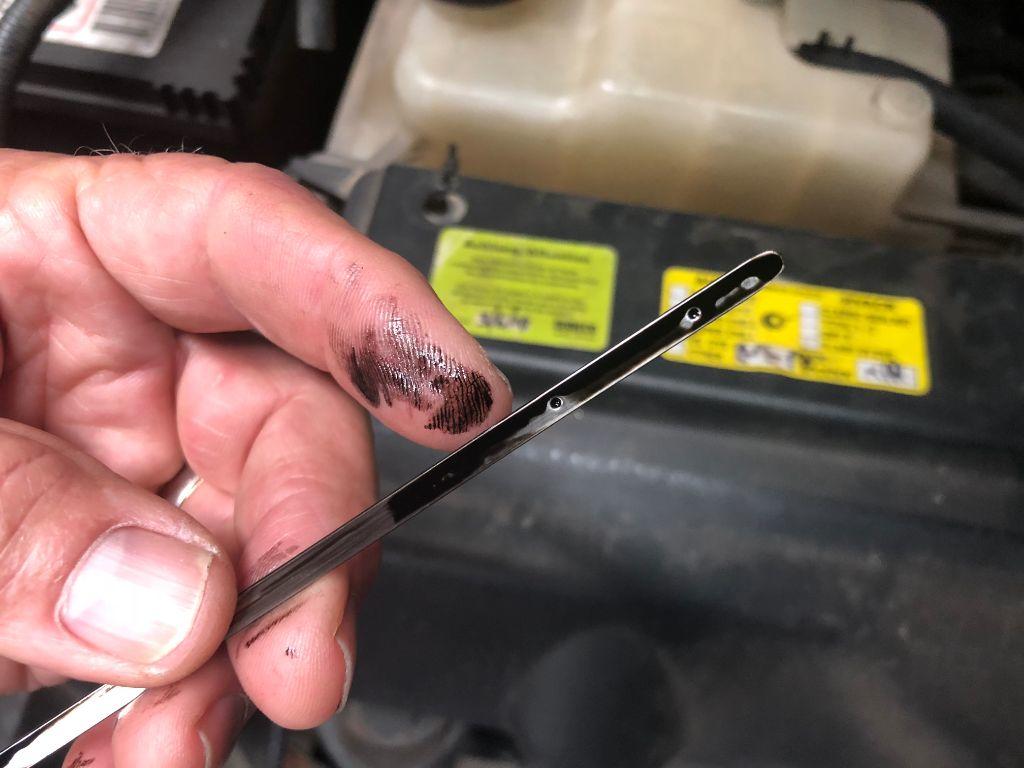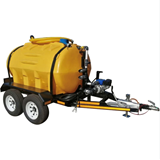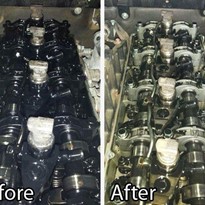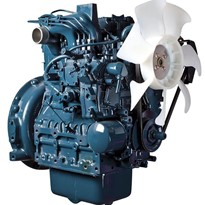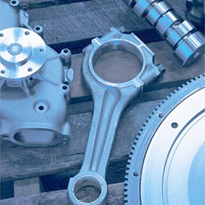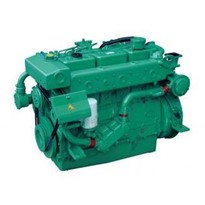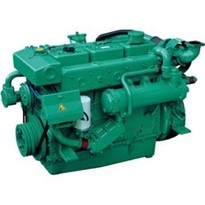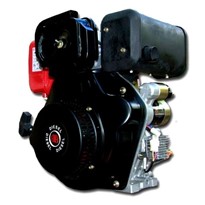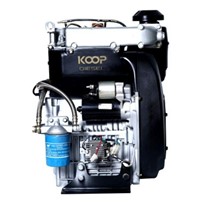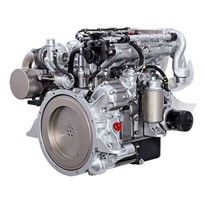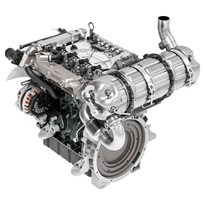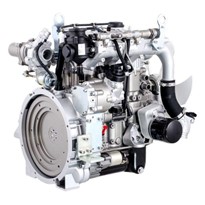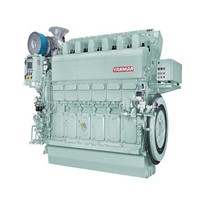Why flush a diesel engine?
It’s often been said, “If your engine’s oil is changed according to schedule, it should never need a flush!”
In a perfect world this might be so, but there are numerous factors which will cause engine sludge to build up, and piston rings to become fouled. With emission control components fitted to today’s engines, along with extended oil change intervals and city driving cycles, black oil sludge is now more common the ever!
Why do I need to flush my engine?
City driving is notorious for producing carbon deposits in combustion and exhaust spaces, importantly piston ring grooves. This will lead to exhaust gas re circulation (EGR) valves fouling up, which puts more soot into the oil, and diesel particulate filters. DPF regeneration cycles can dilute your oil with diesel and soot.
Fuel injectors have finer tolerances which become easily fouled contributing to poor combustion and further deposits entering the oil. Australia’s higher ambient temperatures and greater travel distances do not always fit well with the northern hemisphere-based extended oil intervals.
Many of today’s modern diesel engines are travelling twice as far as older diesels before the recommended log book service is due. 20,000 kms oil change intervals, is a long time between oil changes! Even after a dealers log book service, the oil can be black on the dipstick before leaving the carpark!
Once your vehicle has done 100,000kms, it will almost certainly be time to flush a diesel engine. By missing an oil change, or failing to change the oil filter between services the engine may need a flush as early as 30,000 or 40,000 kms.
The aim should be to keep your engine clean from new. That means the oil should always “look and feel clean” straight after a service. It should not discolour straight away. A successful flush at each service will ensure all old black built up oil is removed.
When it’s time to flush a diesel engine with CEM’s Flushing Oil Concentrate, in almost all cases, it will result in an increase in compression, due to dissolving, dispersing and removing carbon around piston ring grooves. This clearly demonstrates the value of a quality engine flush.
It is quite an easy DIY process to flush a diesel engine, and is as simple as completing an oil change. By following this easy 6 step process you will safely remove unwanted sludge and built up carbon, leaving the crankcase “as new” clean.
For more information on flushing diesel engines, give Brid and the team a call on +61 7 3376 6188


